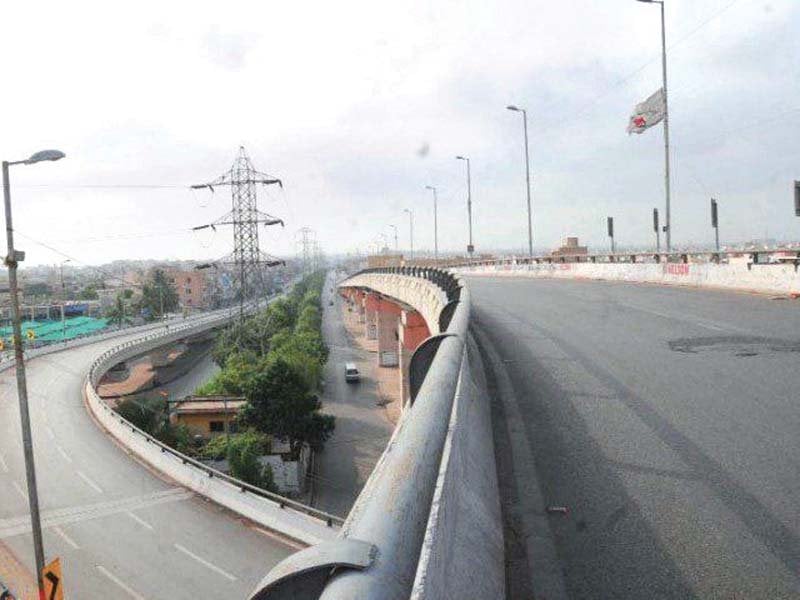
The focus of infrastructure spending has already shifted to the developing world due to urbanisation and rapid economic growth in countries like China, India, Brazil and Indonesia. Even the least developed countries around the globe will need to increase infrastructure spending in order to meet economic and human development goals.
There is a growing consensus amongst International Financial Institutions (IFI’s) and the developed world on the importance of infrastructure to support sustainable economic growth as it plays an important role in improving GDP and has a trickledown effect; It reduces poverty and promotes shared prosperity.
Lack of basic social infrastructure
Although lending bodies such as the World Bank, Asian Development Bank (ADB) and other similar financial institutions are providing funds to build infrastructure in the less developed countries around the globe, a lot more needs to be done.
Building social infrastructure is perhaps as important as economic infrastructure. Most poor countries are still far away from achieving basic facilities such as safe drinking water, basic sanitation and energy. Many people living in Africa have no choice but to drink contaminated water, resulting in major health issues. In South Asia, there is a large number of slum dwellers who are in need of basic housing.
There is a huge number of young children in the developing world who are unable to access basic education either due to lack of schools, or because of inadequate transport links. Lack of health facilities, either in the form of hospitals or local clinics, is another major issue.
It is important to understand that for every investment there is an opportunity cost. Therefore, it is imperative that right decisions are taken at the highest level.
Visible/invisible objectives
Infrastructure spending are political decisions, and it is very easy to target short-term gains when making such decisions. It is vital that governments realise the importance of long-term objectives when making these choices. Imagine a hypothetical scenario – given the choice between a metro system and a waste-water treatment plant that will roughly cost the same, it will be quite convenient for a local/provincial government to choose the former.
Building a metro system will get a lot more political mileage as it will be ‘on the ground’ for everyone to see, whereas a waste-water treatment plant won’t be ‘visible’ to the electorate. This may not necessarily be true in terms of ‘visibility’, but this is exactly what plays on the minds of most politicians when making these decisions.
There is a need to ‘institutionalise’ the decision-making process, especially when it comes to infrastructure of national importance. People with expertise in infrastructure planning, appraisal and delivery can help national and local governments plan and prioritise infrastructure spending for long-term gains.
I appreciate the need to provide economic infrastructure in order to keep pace with economic growth, but not at the cost of social infrastructure. I have witnessed so many cities lacking basic health and education facilities, but willing to invest in expensive transport projects.
These cities could have adopted cheaper alternatives like bus rapid transit systems, and perhaps spent more on social infrastructure.
Lack of ‘vision’
Pakistan seems to be heading on a path of substantive economic infrastructure spending, without much focus on social infrastructure (health, education and housing). The decision makers of today need to realise that without investing in social infrastructure, there won’t be many economic gains in the long-term.
Educated and healthy future generations are an essential element of long-term economic prosperity. Otherwise we’ll keep on building metro systems and providing heavy subsidies for our general public to afford a ride on these.
Why not ensure a much stronger middle class of the future that is able to afford these without any need for subsidies? This will require a policy shift at the national and provincial levels, and a proportionate investment in social infrastructure.
This will need some bold steps like improving social infrastructure in smaller towns and rural areas and providing more job opportunities to locals in sectors such as agriculture and farming and micro-enterprises.
The onus is on us to meet the infrastructure needs of the developing world in order to achieve the social/human development goals, and provide a strong hand in ending poverty and boosting shared prosperity.
The writer is an engineer at WS Atkins
Published in The Express Tribune, February 8th, 2016.
Like Business on Facebook, follow @TribuneBiz on Twitter to stay informed and join in the conversation.









































COMMENTS (3)
Comments are moderated and generally will be posted if they are on-topic and not abusive.
For more information, please see our Comments FAQ